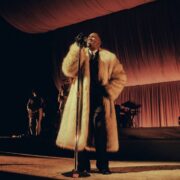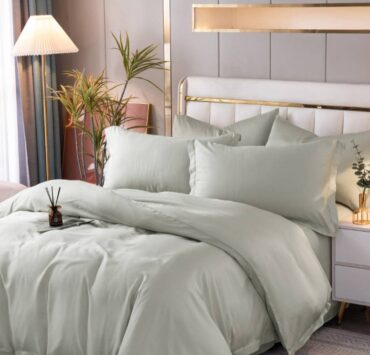Cobonpue bags design award for carbon fiber chair
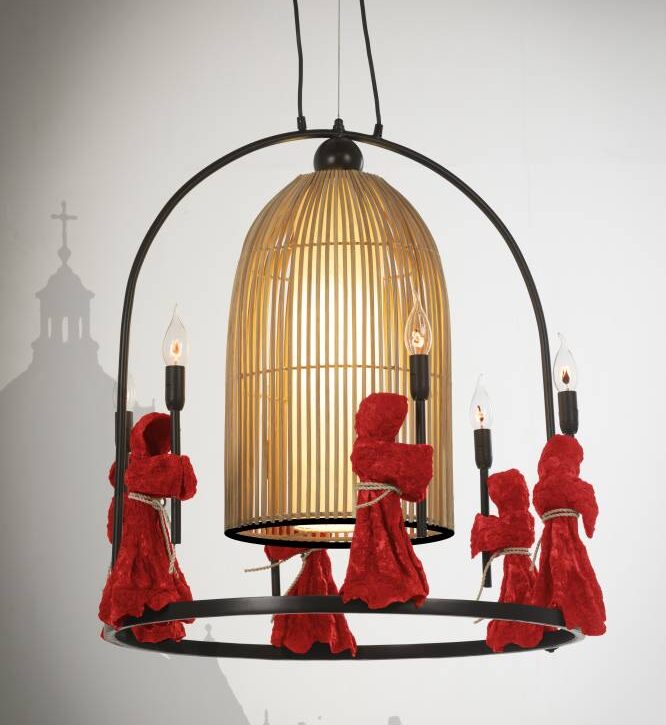
Kenneth Cobonpue, a key figure in Movement 8, a group of Filipino creatives who introduced Tropical Modern furniture to the global stage in 1999, has been recognized with the Golden Pin Design Award for his Spin Easychair.
The Cebuano industrial designer’s imaginative approach to furniture design continues to push boundaries after 25 years. By blending industrial materials with traditional craftsmanship, Cobonpue interprets local culture in his signature style.
The Taiwan Design Research Institute selected the Spin for its innovation, sustainability, and functionality. Cobonpue explains that the chair represents a new approach to working with high-tech materials using traditional techniques.
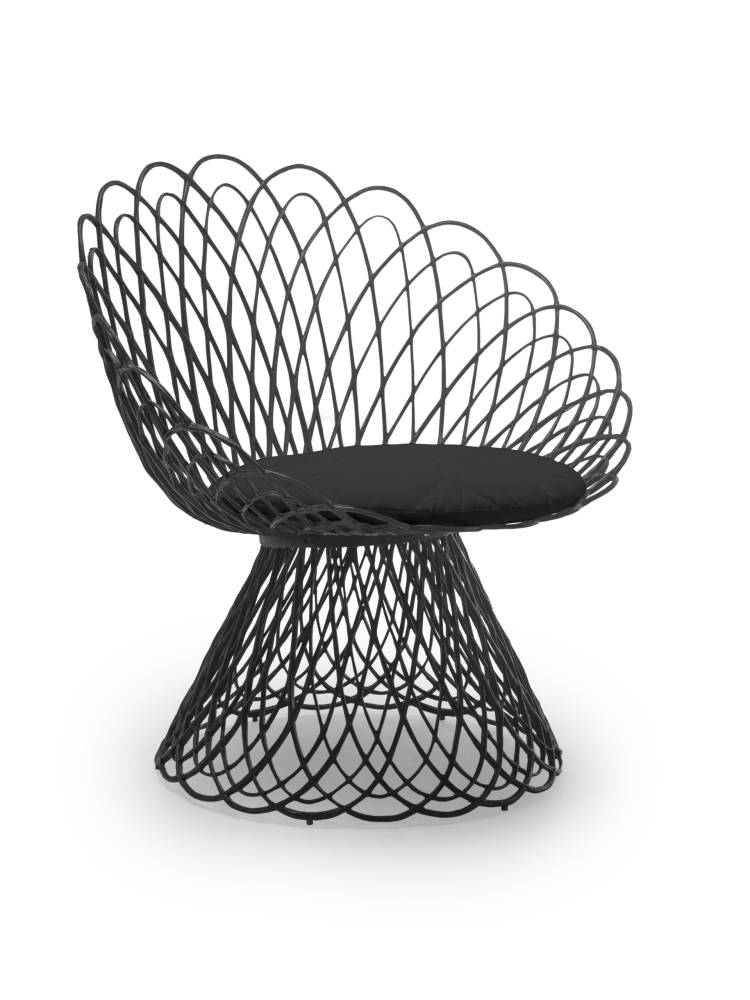
Carbon fiber, a lightweight material used in the aerospace and automotive industries, is handwoven into diamond and scallop patterns at Cobonpue’s factory. This labor-intensive process, coupled with the material’s inherent properties, results in a sustainable design with minimal energy consumption.
Cobonpue’s experimentation with high-tech materials began with factory-produced designs for Dutch designers. Inspired by these new processes, he adapted them to create his unique pieces. The Spin Easychair, for example, can be found in his Fable Café and Lounge.
Functional art
Recently, his designs have evolved into functional art, such as the Curio collection of pendant lights. These lights, rather than being purely functional, are cute aesthetic exercises. Inspired by the natural abundance of Cebu, the Curio collection features transparent cages with hand-painted flora and fauna. When illuminated by LED lights, the handmade mesh birds, fish, and insects cast beautiful patterns and shadows. The Fish Tales Story, another example, features fish in a steel frame woven like a basket, reflecting the coastal communities and fishing culture.
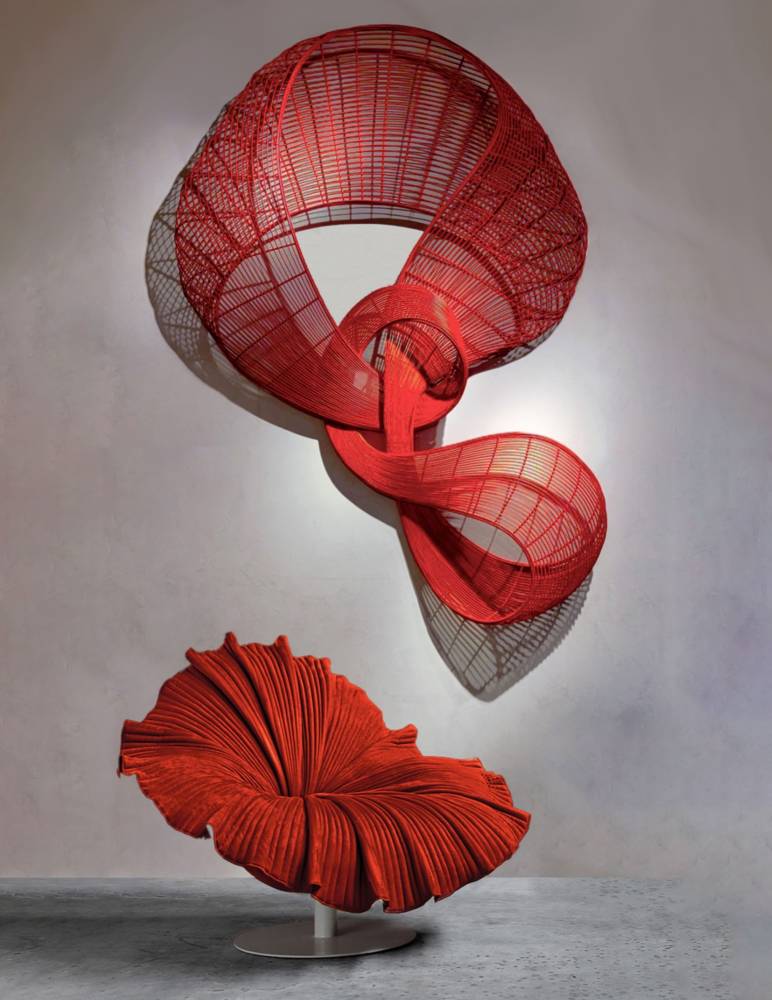
Cobonpue has also revived the Linya collection of wall installations, drawing inspiration from his mother Betty’s traditional rattan-making techniques from the 1980s and 1990s. By combining rattan strands with light steel frames, he creates sinewy lines that evoke the abstract forms of bows, referencing a gift-wrapping technique he learned in Japan. The largest version of Linya is a four-story installation at SM J Mall in Mandaue City.
Unconventional
Cobonpue considers his monk-themed designs to be unconventional. At the recent Manila FAME furniture show, he unveiled the Abbey Bell Hanging Lamp, which depicts monks in red robes carrying torches around a bell.
“It’s not for everyone,” he admits. “It’s eerie. People must look closely to get it.”
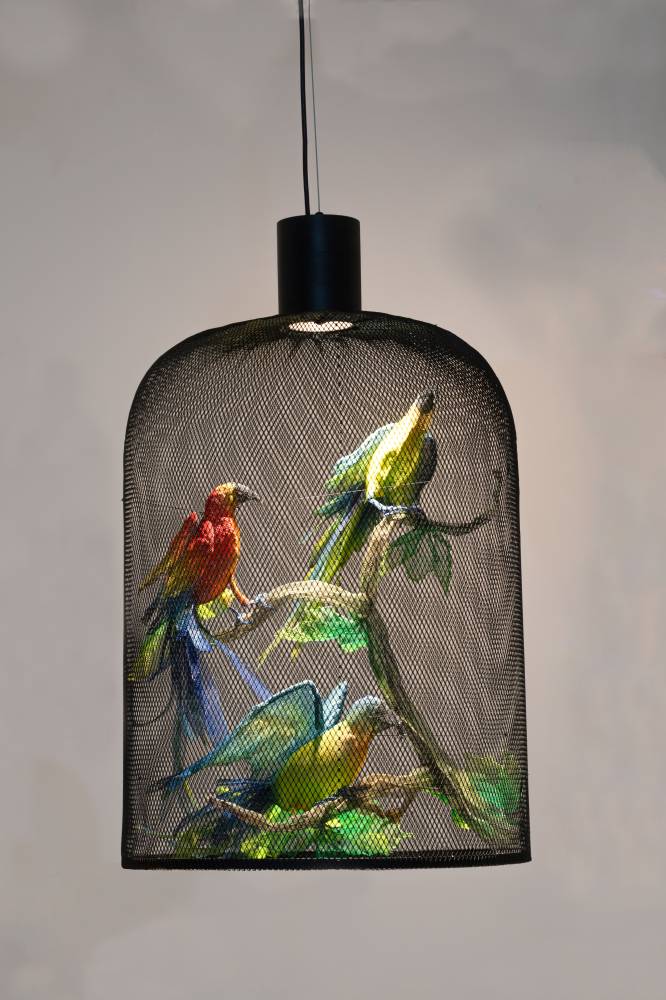
His cathedral-shaped lighting fixture, which he considers his “wildest” creation, dominates his showroom. “It scares people,” he says, referring to its grand scale and eccentricity. “Others say they won’t buy it, but I want to share my ideas.”
Despite their boldness, Cobonpue’s pieces, with their imaginative shapes, new materials, artisan techniques, and sophisticated color choices, are often referred to as “diva” or statement pieces.
“Clients come to us to get that ‘diva’ object, such as the Dragnet or the Bloom chair, to define a space,” he explains.
“Design is theater. It’s make-believe,” Cobonpue says. “Everything I do is an expression of my dreams, stories, experiences, travels, and my perception of nature and life.”
At 56, he continues to evolve. “The ability to surprise others and myself keeps me young,” he says.













